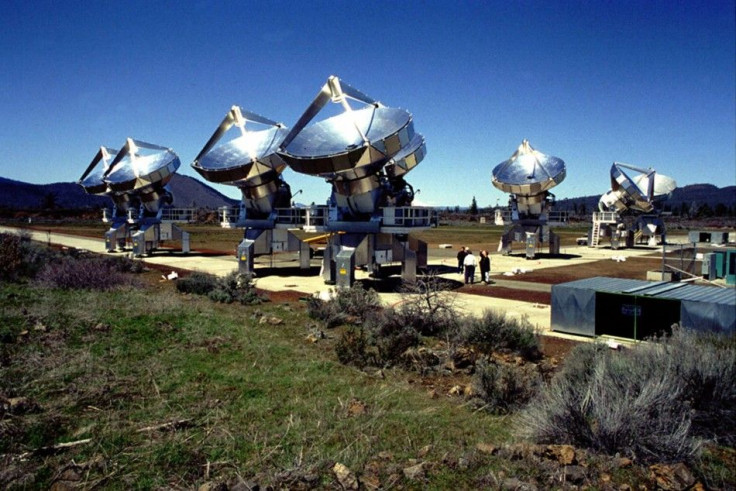SETI Set to Reboot its Alien Research Soon

The Search for Extraterrestrial Intelligence (SETI) Institute, which was forced to shut down due to budget issues, will be back up and running in a few days.
The failure of the SETI program to announce an alien radio signal had partially dimmed hopes of human encounter with life forms outside Earth. The Allen Telescope Array (ATA) went offline in April this year following a SETI announcement about the lack of funding for the institute. The Allen Telescope Array is a facility dedicated to detecting electromagnetic transmission from outer space.
However, the latest news from the institute will revive the lost interest, as the company has raised enough money to reactivate its array of 42 radio telescope dishes to resume the search for life beyond planet Earth.
The California-based institute reached its goal last week of raising $200,000 to operate the telescope through the end of this year. The funds came from more than 2,400 private donors, including Apollo 8 astronaut Bill Anders and actress Jodie Foster, who played fictional SETI scientist Ellie Arroway in the 1997 movie "Contact."
Setistars.org has a big red bold lettered message on the site, "Thank you for all your support to resume."
"The Allen Telescope Array could turn science fiction into science fact, but only if it is actively searching the skies," Jodie Foster said in a statement on a fund-raising website created for the array.
The 27-year-old institute said that its telescope array is likely to restart in September and will continue running at least through the end of the year.
However, the plan still relies on funds from the U.S. Air Force to track space debris that could damage satellites. SETI Institute expects that both the deal with the Air Force and the private funds will help its Allen Telescope Array to track alien signals once again.
"For those who are interested in understanding whether intelligent life might be out there elsewhere in our galaxy, the Allen Telescope Array and our SETI team doing the research is the best bet," said Thomas Pierson, chief executive of the SETI Institute.
Named after Microsoft Corp co-founder Paul Allen, who was one of the chief benefactors, the Allen Telescope Array is SETI's collection of 42 radio dishes, each 20 feet (6 meters) wide, at Hat Creek Radio Observatory in Northern California.
It was started in 2007 in a remote area in the shadow of Lassen Peak, east of Redding, California and is part of the Hat Creek Radio Observatory, a facility of the University of California, Berkeley. The array costs $1.5 million a year to run.
Pierson said that the SETI Institute seeks more private funds and ways to control costs in order to continue the project, which was hit by recent federal government budget cuts and by cost savings at UC Berkeley.
© Copyright IBTimes 2024. All rights reserved.





















